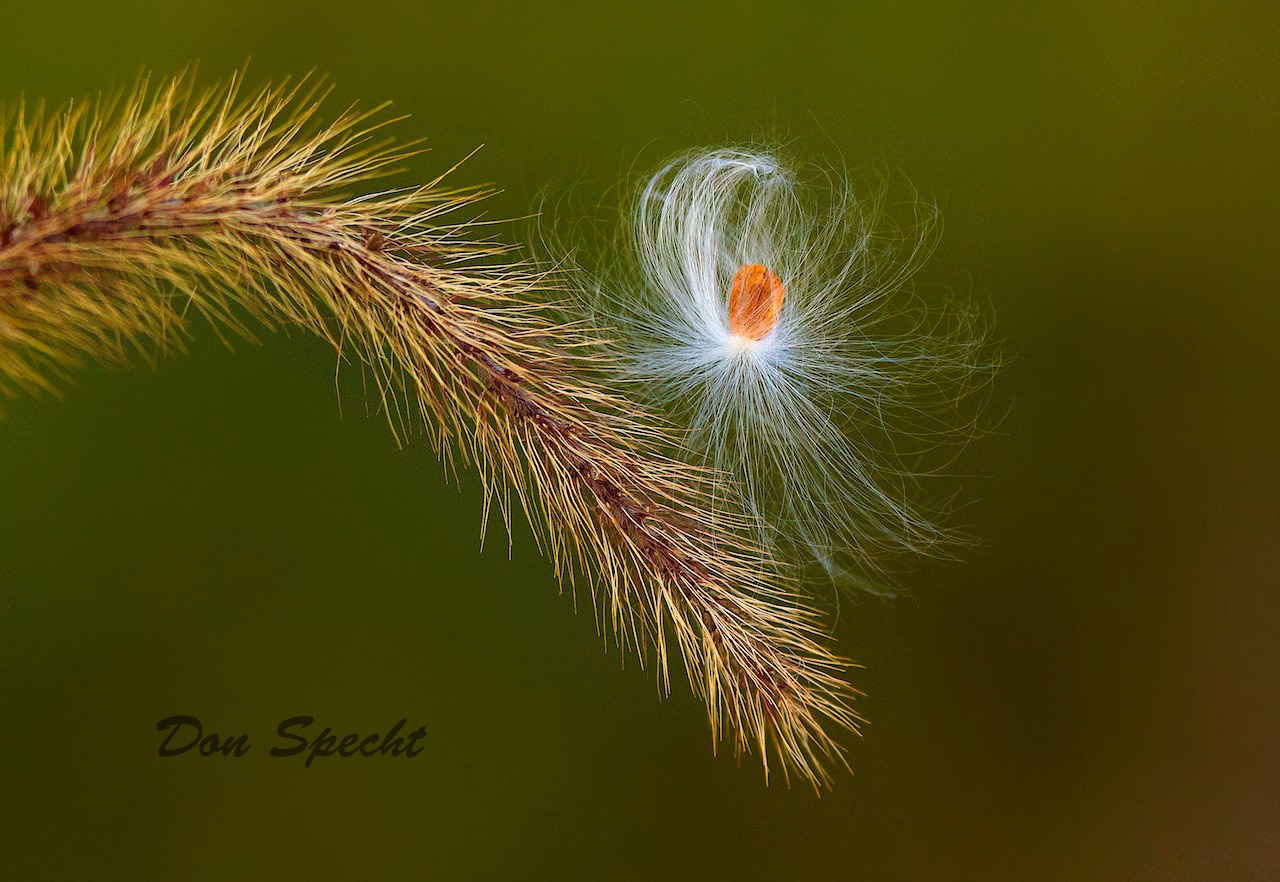Teaching and Learning
Don Specht
Amateur photographer from Bloomington, Minnesota
When someone mentions “wildlife photography,” we tend to think about images of exotic, faraway animals. But most of us don’t have snow leopards or pandas in our backyards. While these charismatic creatures are important in their own habitats, they may not have an immediate significance to us. So what about the more ordinary wildlife around your home? Although- “ordinary” implies boring or unimportant, which is not true at all. Don Specht knows just how extraordinary the animals around his Minnesota home really are, and his photos clearly show his appreciation for them. Nature's Best Photography clearly thinks so too; Don's placed in the Best Backyards Category several times.
Don spent a lot of time outdoors as a kid in Wisconsin, hiking, camping, fishing, hunting, and trapping, and he grew up loving nature. His dad had a big hand in that. Don tells me about how his dad would bring home the cocoons of cecropia moths, and they would hatch them open by the oven. Later, Don became a teacher of photography and video production, while his wife was a media specialist at a nearby elementary school. They filmed the life cycle of the monarch butterfly to use as a teaching resource, and during this process they witnessed all of the different stages and details of chrysalis building and metamorphosis. “I think that was the first time I realized that videotaping or taking photos could actually have on showing this incredible experience that happens in nature,” Don says.
Now that he’s retired, he’s combined his love for nature and his photography background into a hobby (although he sells a few prints here and there). He also joined a local camera club, where he learned a lot about photo composition, lighting, background, editing, and so on. But Don’s main focus is still the animals that he photographs, and the photography is secondary. “Put it this way,” he says. “If for some reason I had to give away all my camera equipment and couldn’t hold another camera in my hand, I would still be out in the woods viewing the wildlife that I’m taking pictures of every day.” Fortunately, he is able to take photos, and to share them.
Don isn’t necessarily looking for specific animals in his photos. He tells me, “My brother is a big birder, and he traveled all over the world to view birds and to check them off his list. We used to go out every once in a while, and he would see something rare, and he was like, ‘Oh, wow, look through my scope, up in that tree 350 yards away, it’s a such-and-such!” And I’m going, ‘Yeah, but there’s a really nice cardinal 20 yards away from us!” He also knows people who shell out thousands of dollars for trips all over the world just to go photograph certain species. There’s nothing wrong with that, of course, but Don prefers focusing on the local stuff (with the exception of an annual trip to the Florida Everglades, where he’s captured some pretty amazing shots).
Because he's paying such close attention to local wildlife, Don really notices when animals’ habits start to change. He’s particularly concerned about how animals are adapting to human environments, especially deer in neighborhoods with lots of cars. It’s also affected his own personal relationship with nature: “I used to love to hunt. But in the last 20 years… I mean, I still go deer hunting because I love the meat, and I think it’s more humane for the deer than being killed by a car... But I don’t enjoy the hunting as much as I used to. I would never trap again. And we’ve resorted to taking the insects and the spiders in the house outside rather than killing them like we used to.”
Don’s photography has also led him to learn more information about the animals and the environment. “Every day, I learn something new,” he says. He pays more attention now to the wildflowers and mushrooms on the forest floor. He watches for interesting behaviors from birds, and then reads about what those actions might mean – and if there’s something cool going on, like a pair building a nest, he’ll mark the spot on his GPS and come back to it later. He’s observed the different activities and personalities of the eastern bluebirds that have lived in his yard for several years – in fact, he had just been out checking on them minutes before we began chatting. And of course, all of this makes for fantastic photos too.
Quick Facts
Favorite places to take photos: Close to home – his own backyard, local state parks, and the Minnesota Valley Wildlife Refuge (all within 20 miles of home). Also the Florida Everglades, and Maine for the Atlantic puffins.
Favorite photo subjects: Loves nesting birds, but happy to photograph whatever might be around!
What’s next for Don: He’s recently achieved some of his goals (getting photos published, entering competitions, selling some prints), so now he wants to focus on getting out in nature with his camera, finding some new things, and just having fun!
How you can contact him: donspecht@gmail.com
Don’s Photography Tips
- Know your camera really well, so you can get good shots quickly without thinking about it too much.
- Position yourself so that you’re likely to see the sorts of things you’re interested in – that might mean going off the main trail and into the woods (but be careful not to disturb fragile ecosystems if you do), or waiting somewhere until a certain time of day. This could mean doing some research on where your subjects live and how they might behave.
- Carry bug spray and cover up – nothing ruins a photo shoot like being eaten alive by mosquitoes or ticks.
- Walk slowly.
- Change your perspective – look down at the ground and check out the wildflowers and mushrooms, and also up into the branches overhead.
- Join a camera club, and listen to the feedback you get! Don says, “Boy, the first couple times I got beat up pretty bad when they analyzed my photos. But it’s really made me a much better photographer.”
- Break the “rules” of composition and lighting.
- Take a lot of photos, but only show a few.







